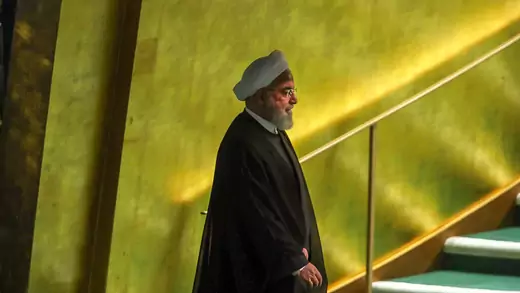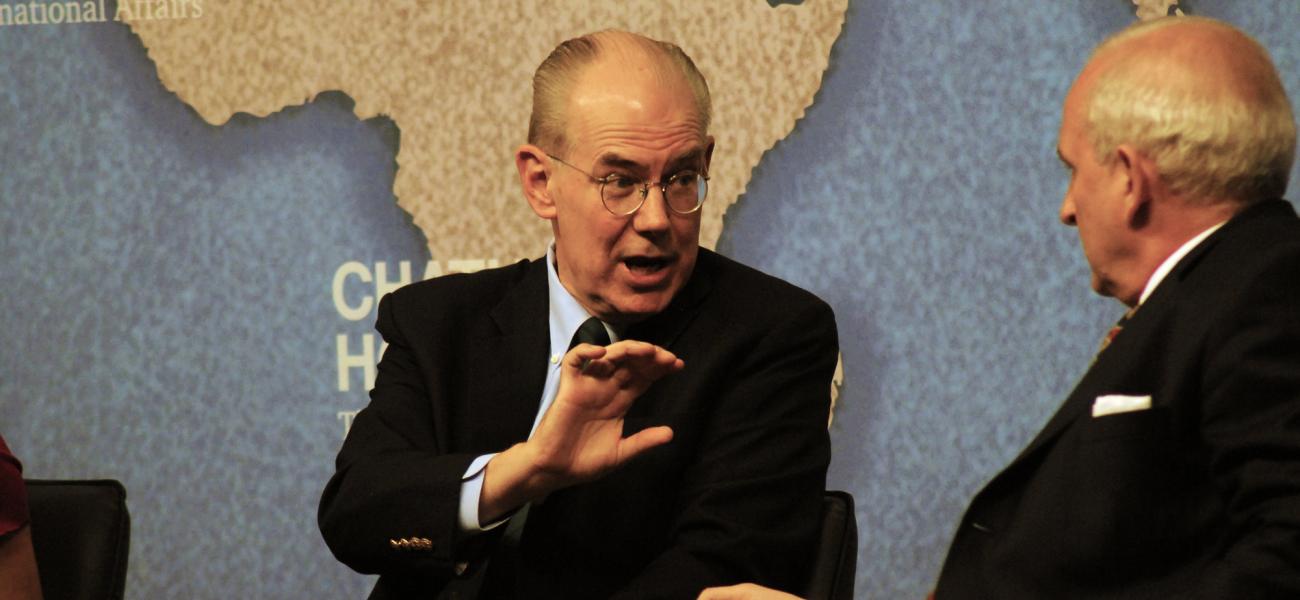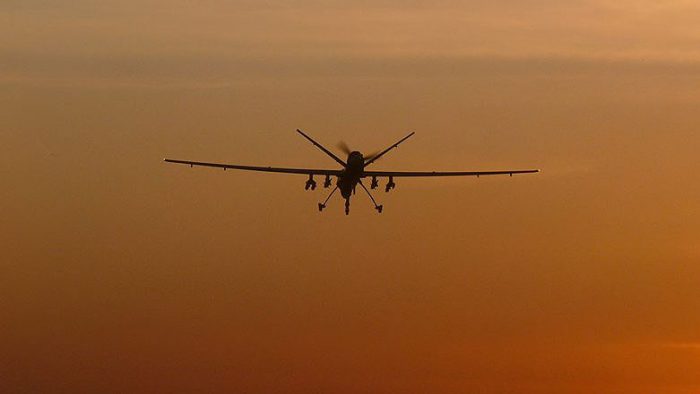 (RFE/RL) — Afghanistan’s twice-delayed September 28 election could be only the second-ever democratic transition of power in the war-wracked country.
(RFE/RL) — Afghanistan’s twice-delayed September 28 election could be only the second-ever democratic transition of power in the war-wracked country.
But many Afghans remain wary of the landmark presidential vote, fearing Taliban violence aimed at disrupting the vote and disillusioned at the widespread fraud and corruption that has tainted other elections since the U.S.-led invasion in 2001.
Analysts say voter fatigue and safety concerns could depress turnout to undermine the legitimacy of the vote and give any winner only a weak mandate to rule a country reeling from economic turmoil, an escalating war, and political infighting.
‘New Crisis’
A contentious, fraud-marred presidential election in 2014 pushed Afghanistan to the brink of civil war before the United States brokered a power-sharing deal that made Ashraf Ghani president and his rival, Abdullah Abdullah, the chief executive.

















